Unveiling the History, Craftsmanship, and Soul of the Samurai Sword
The katana is arguably the most iconic Japanese sword ever forged. Renowned for its graceful curvature, keen edge, and deep spiritual symbolism, the katana represents more than just a weapon—it is a living embodiment of Japan’s martial heritage, artisanal precision, and cultural depth. While it is commonly known as “katana” today, the traditional term is uchigatana (打刀), distinguishing it from earlier sword forms like the tachi (太刀).
More Than a Weapon: Symbol of the Samurai
In feudal Japan, the katana was not merely a tool for battle—it was a sacred symbol of the samurai’s soul. Ownership of a katana denoted one’s social rank and moral code (bushidō). It was believed that the blade reflected the warrior’s inner spirit, and thus, forging a katana was considered a sacred act.
Unlike the tachi, which was worn edge-down and used by mounted warriors, the katana was designed for close-quarters combat, worn edge-up through the belt (obi). This method of carrying allowed for swift, fluid draw-cuts—iaijutsu, a martial art emphasizing reaction speed and precision.
The Signature Curve: Function Meets Beauty
One of the katana’s most defining features is its curved blade, blending practicality with aesthetic harmony. This curvature, called sori (反), is not purely decorative. It affects how the sword handles in combat, particularly in drawing, cutting, and sheathing motions.
Interestingly, early Japanese swords were straight, resembling Chinese prototypes. The curved blade evolved over centuries to improve cutting efficiency. During the yaki-ire (quenching) stage of forging, different parts of the blade cool at varying rates, naturally producing the arch. Swordsmiths learned to control this process, resulting in various sori types, such as:
- Koshizori (腰反) – A deep curve near the base; found in early katana
- Torii-zori (鳥居反) – Even curve resembling a Shinto shrine gate
- Sakizori (先反) – Curve concentrated near the tip for faster slashing
- Uchizori (内反) – Inward curvature, rare and used in specialty blades
Each curve alters the blade’s center of gravity, offering different balance and motion advantages for specific techniques.
Blade Architecture: The Cross-Section (造法 / Zōhō)
The cross-sectional geometry of a katana determines its durability, cutting ability, and visual appeal. This construction is known as zōhō and varies depending on the swordsmith’s intent:
- Shinogi-zukuri (鎬造): The most common type, featuring a ridgeline (shinogi) for balance between sharpness and strength.
- Hira-zukuri (平造): A flat, ridge-less style with exceptional sharpness, used in short swords like tanto.
- Shōbu-zukuri (菖蒲造): A refined version of shinogi-zukuri without yokote (tip line), resembling the leaf of an iris.
- Kissaki-moroha-zukuri (切刃造): he ridge (shinogi) runs close to the edge, commonly seen in straight swords (chokutō).
- Ryōba-zukuri (両刃造): Entirely double-edged, similar to Western swords.
These structures affect how the katana performs in combat, particularly in slashing versus thrusting applications.
The Spine: Types of Mune (棟)
The mune, or spine of the sword, contributes to rigidity and handling comfort. There are multiple mune types, such as:
- Kaku-mune (角棟) – Angular and strong, typical in older blades.
- Maru-mune (丸棟) – Rounded, offering smoother handling.
- Iori-mune (庵棟) – The most common form, shaped like a temple roof.
- Mitsu-mune (三の棟) – Triple-ridged and used for decorative or high-end blades.
While often overlooked, the mune affects the feel of the blade during swings and the ease of maintenance.
The Tip: Kissaki and Its Role
The kissaki (切先) is the tip of the blade and a critical component for precision strikes and thrusts. It also dramatically influences the katana’s visual character.
- Ō-kissaki (大切先) – Large and impressive; used for show blades or bold cuts.
- Chū-kissaki (中切先) – Balanced and standard; most practical.
- Ko-kissaki (小切先) – Smaller and sturdier; better for penetration and reduces breakage risk.
A well-crafted kissaki features a defined yokote (横手線)—a line that marks the transition from the body to the tip, showcasing the swordsmith’s skill.
The Groove: Understanding the Hi (樋)
A hi, or groove, runs along many katana blades. While popularly known as a blood groove, this is a misconception. The hi’s real purpose includes:
- Reducing blade weight for quicker handling
- Shifting the balance point for greater control
- Aesthetic enhancement, giving the sword a lighter, more refined appearance
Common types include bo-hi (棒樋), a straight groove, and soe-bi, a secondary parallel groove.
Katana Origin and Historical Use
The katana rose to prominence in the Muromachi period (14th–16th centuries), replacing the tachi on the battlefield as infantry warfare became more prevalent. Its shorter length and faster draw suited the foot soldier’s needs, and soon it became the standard sidearm of the samurai class
A Deeper Look at the Historical Evolution of the Katana
The katana is not a static invention; it is the result of over a thousand years of continuous refinement. Japanese swords have undergone significant stylistic, technical, and cultural transformations, which scholars and sword enthusiasts typically divide into five historical eras. These periods reflect changing warfare needs, aesthetic values, and metallurgical innovations.
1.Jōkotō (上古刀) – Ancient Swords (before 900 AD)
In this earliest period, Japanese swords were heavily influenced by Chinese and Korean straight-bladed weapons. These early blades, often used by the Yamato military elite, were chokutō (直刀)—straight swords made primarily for slashing rather than cutting. Forging techniques were relatively primitive, and swords were usually single-purpose, lacking the distinct curvature that later defined Japanese blades.
2. Kotō (古刀) – Old Swords (900–1596)
This period marked the true birth of the Japanese sword as we know it. The curved tachi emerged, designed for use by mounted samurai. Other forms such as uchigatana (katana), wakizashi (胁差), and tantō (短刀) became common. The Five Great Schools of swordsmithing—Yamato, Yamashiro, Bizen, Sōshū, and Mino—were established, each with distinct styles and techniques.
Swords from this era were forged for actual warfare and are prized for their individuality, character, and battle-ready quality. Many legendary blades and famous swordsmiths, such as Masamune and Muramasa, date back to this period.
3. Shintō (新刀) – New Swords (1596–1780)
Following the unification of Japan under the Tokugawa Shogunate, the demand for battlefield swords declined due to relative peace. Swords became more of a ceremonial status symbol, and artistry overtook practicality in many cases. The blades were often heavier and more ornate, with larger kissaki (tips) and deeper grooves. While craftsmanship remained high, the emphasis on functional combat effectiveness diminished somewhat.
4. Shinshintō (新新刀) – New-New Swords (1781–1876)
This era was a revival of traditional techniques and aesthetics from the Kotō period. Swordsmiths began returning to classical forging methods while rebalancing beauty with practicality. A key feature of this period was that master smiths often studied and synthesized multiple historical styles, blending the wisdom of different schools. The focus was once again on cutting ability, structural balance, and tempering techniques—swords made in this era are known for their craftsmanship and fighting capability.
5. Gendaitō (現代刀) – Modern Swords (Post-1876)
The Meiji Restoration brought sweeping social changes to Japan, including the Haitōrei Edict of 1876, which banned the public carrying of swords. This marked the end of the katana’s practical role in society and the beginning of the modern sword period. Sword-making was dramatically reduced, and katana production shifted to ceremonial, artistic, and later military purposes.
During World War II, mass-produced military swords known as shōwatō were issued, some of which retained traditional elements, though many were made quickly and lacked artisanal quality. After the war, sword-making resumed as a regulated art form. Today, licensed swordsmiths in Japan continue to forge katana using traditional techniques, with most blades intended for martial arts, collections, or ceremonial purposes.
Timeless Legacy
From its ancient straight-blade origins to its modern rebirth as an object of heritage and artistry, the katana has endured as a symbol of discipline, elegance, and mastery. Each historical era adds a unique layer to the story of this legendary weapon, making every katana a reflection not only of its maker—but of Japan itself.
🔗 Related Articles
Want to explore more about katana? Here are two must-read resources:
-
An in-depth guide to blade length, dimensions, and how the katana compares to other traditional swords.
-
Learn how the uchigatana evolved into the katana, and why the distinction matters in Japanese sword history.
Read more
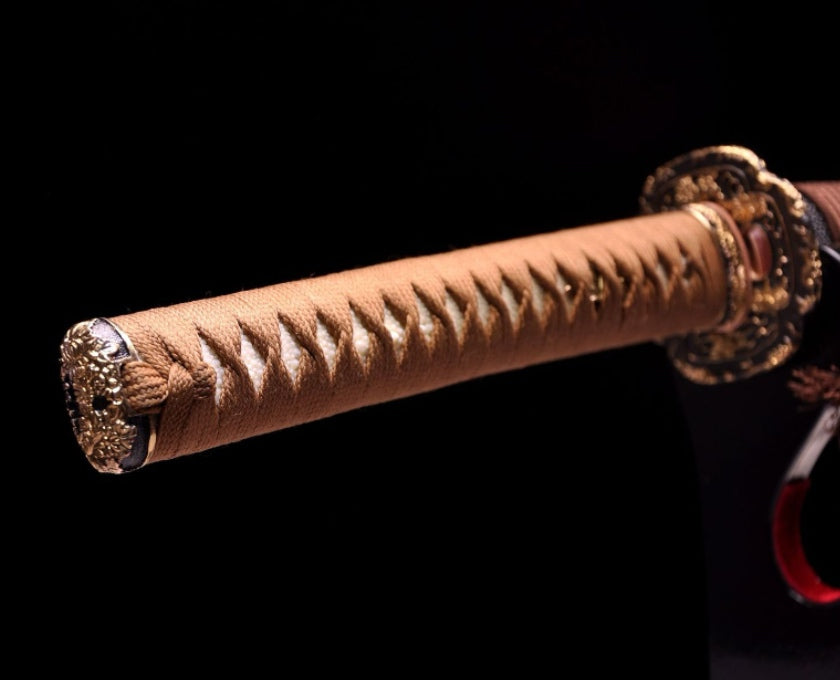
Discover the essential parts of a samurai sword’s mounting, or koshirae, including the kashira, tsuka-maki, tsuba, and sageo. Learn how each component balances function and traditional artistry.
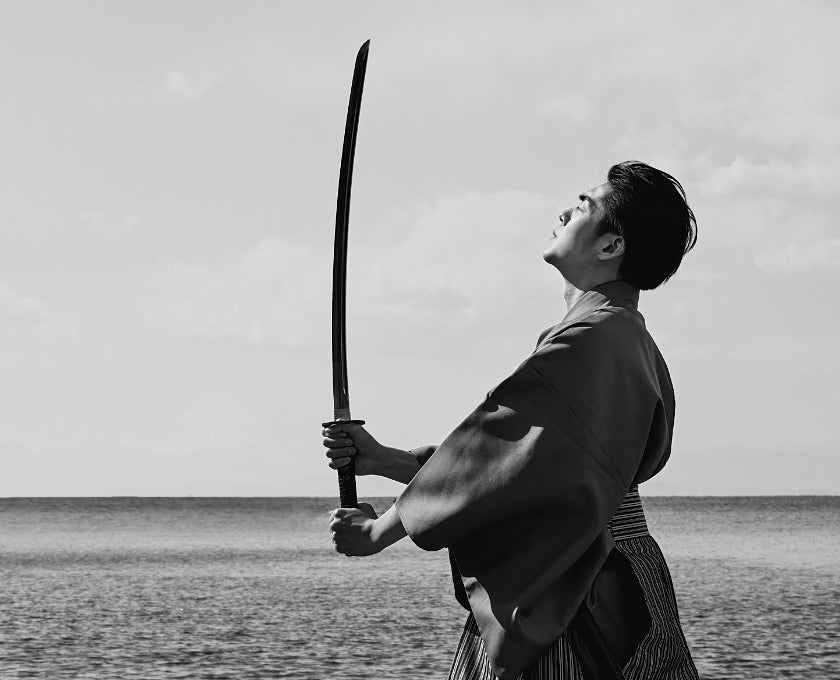
The Definitive Guide to Samurai Sword Lengths The Katana is arguably the most recognized sword in the world—curved, sleek, and steeped in centuries of samurai tradition. But for collectors, martial...
Shop katana
Our katana store offers a wide selection of japanese swords — from traditional katanas and anime-inspired designs to fully functional blades — featuring a variety of materials and craftsmanship to suit your preferences.



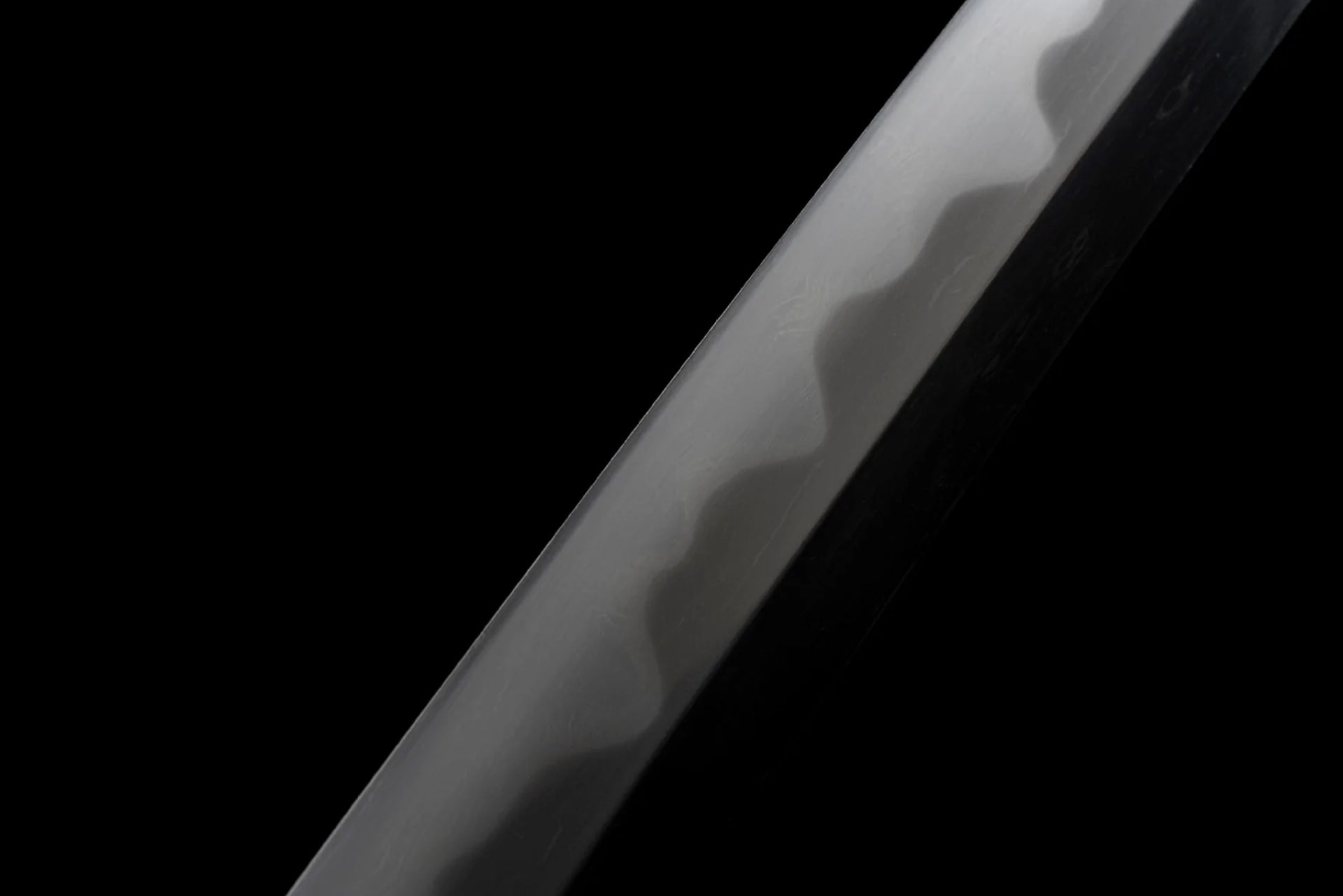
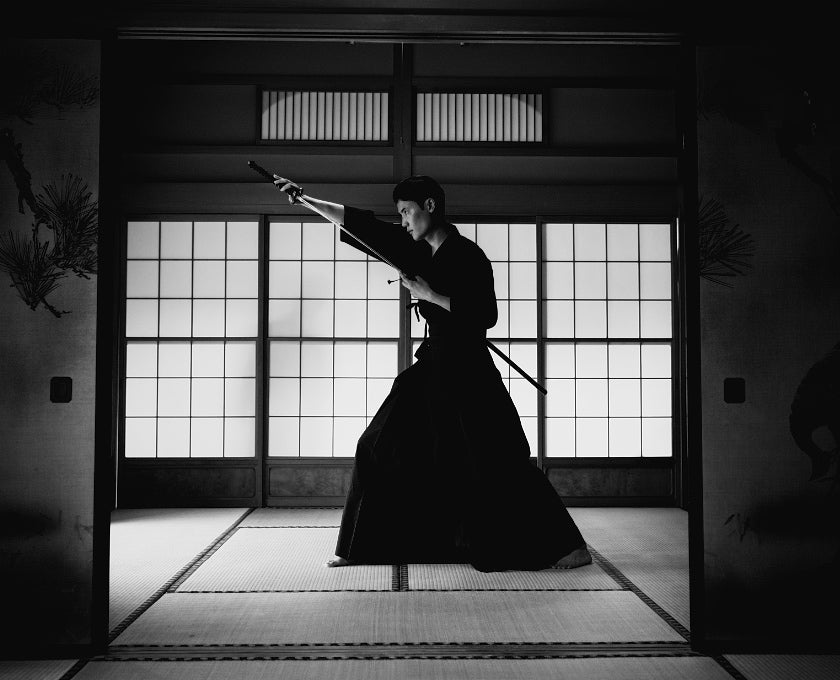
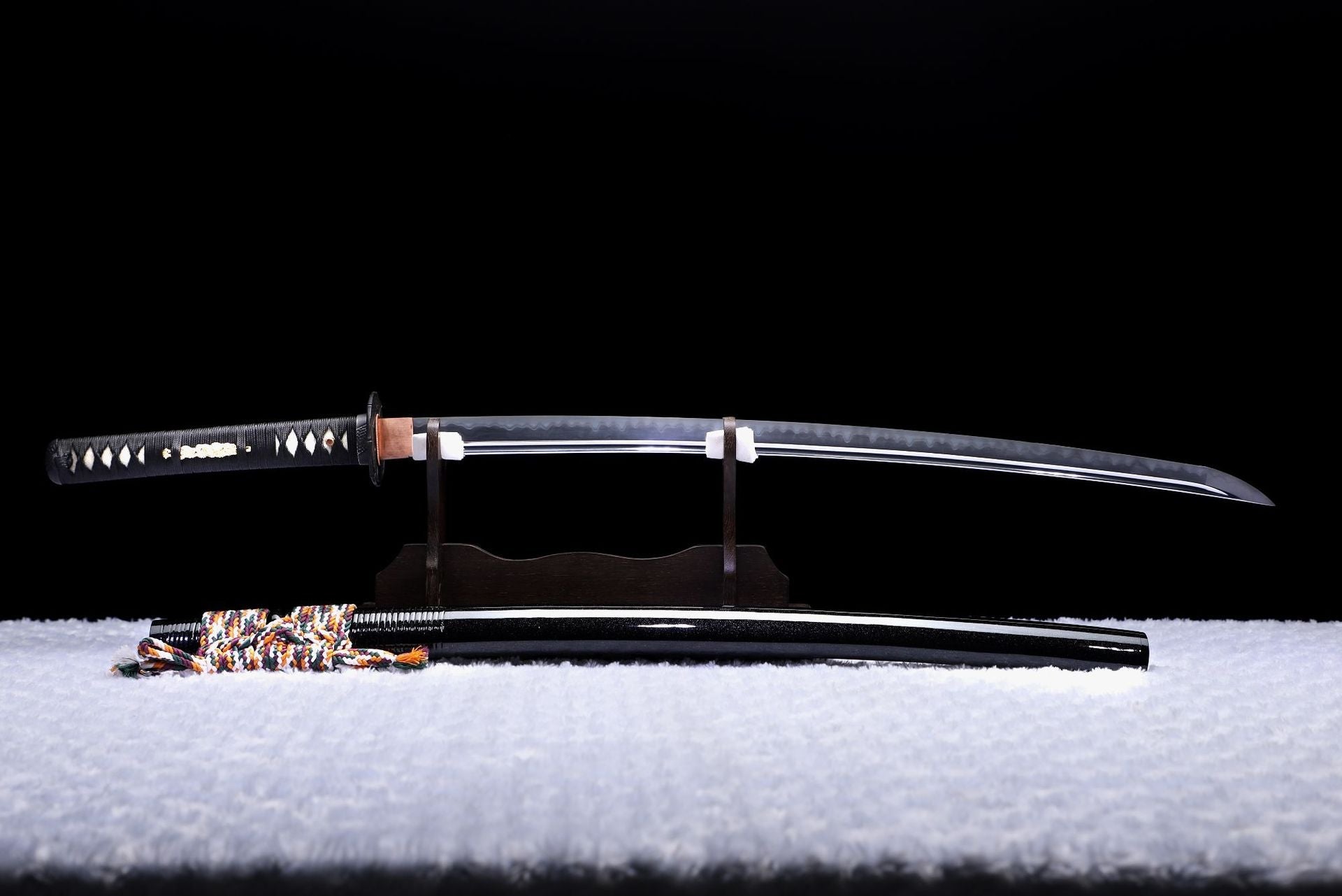
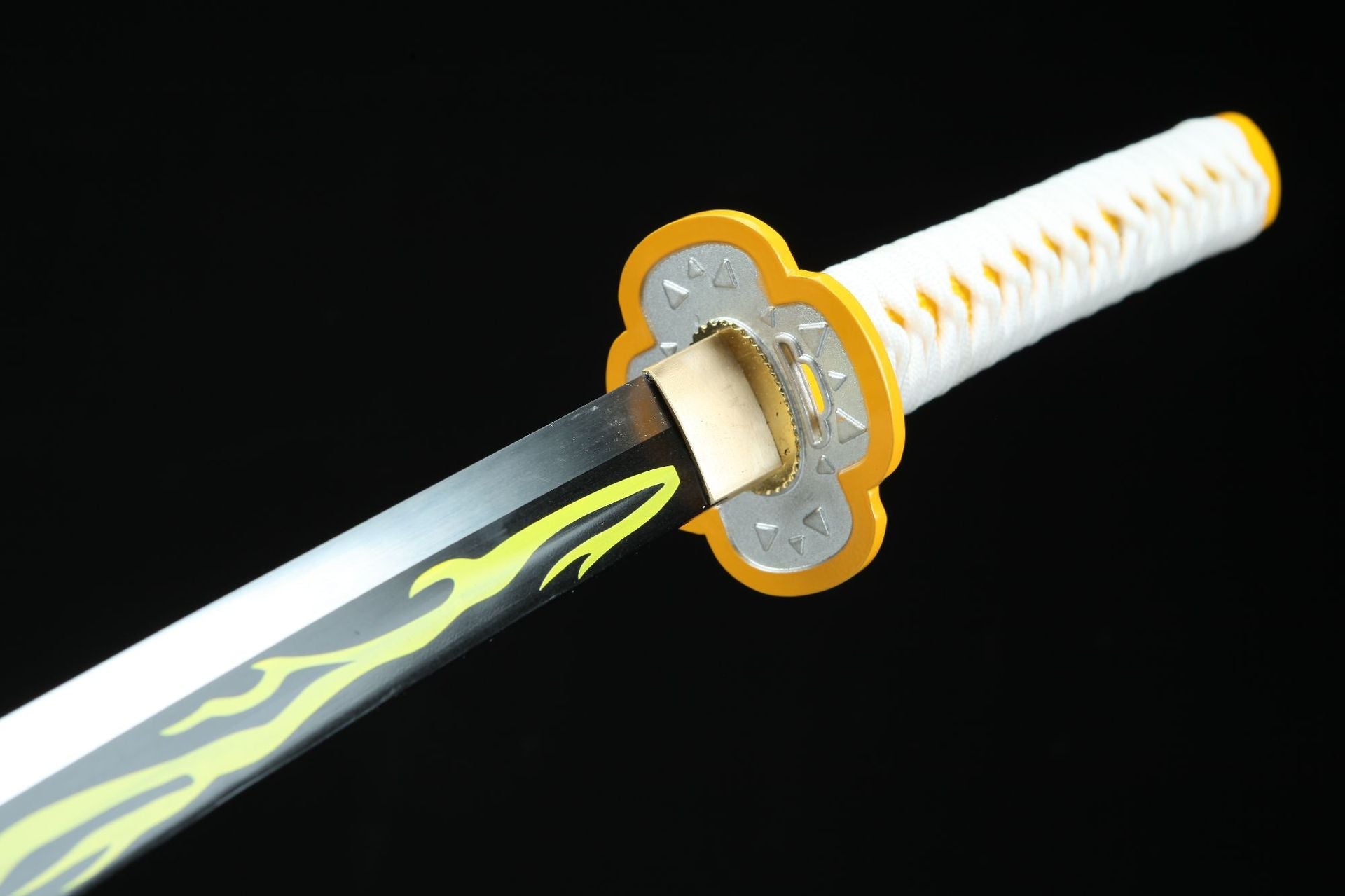
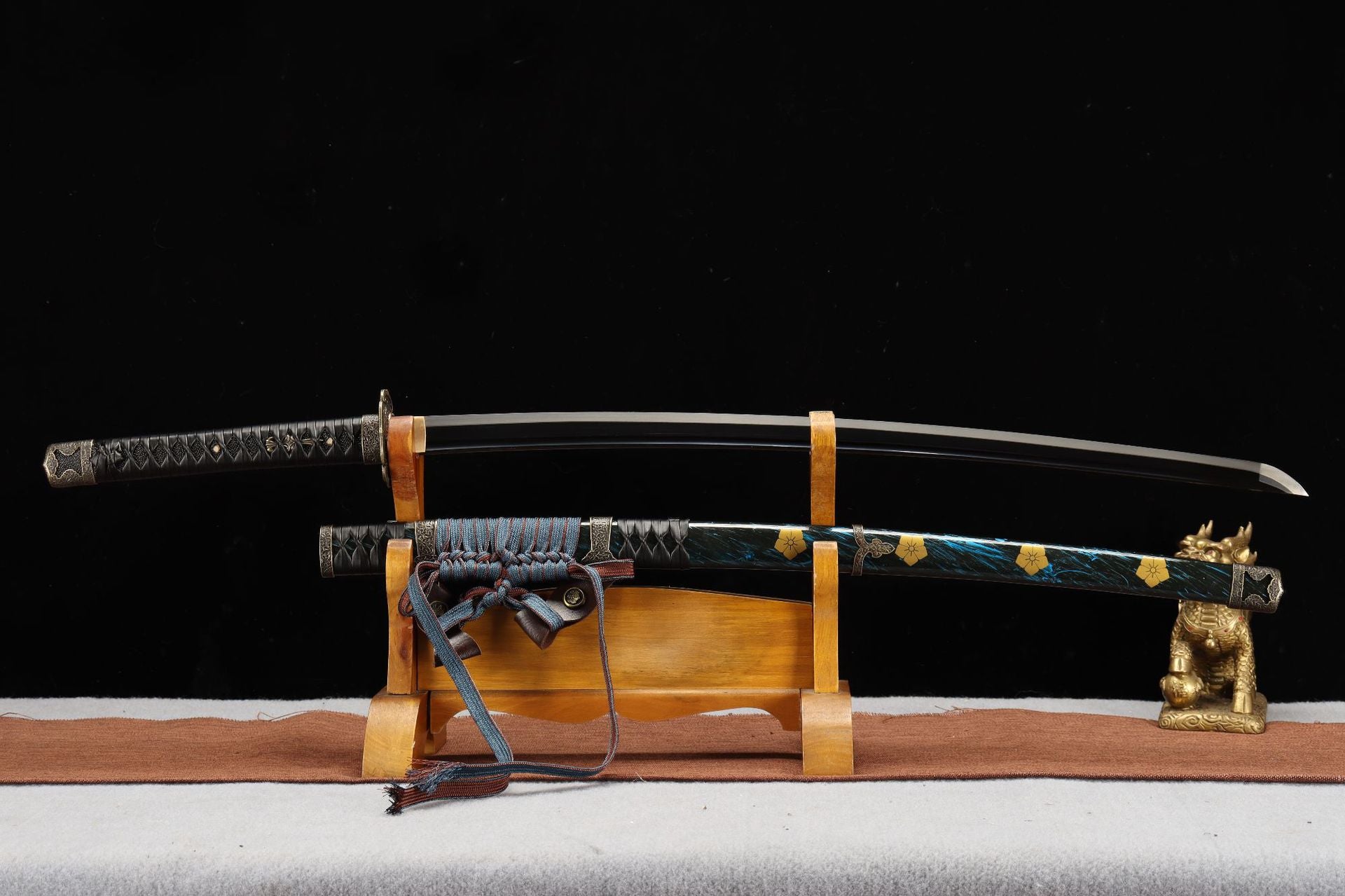
Leave a comment
All comments are moderated before being published.
This site is protected by hCaptcha and the hCaptcha Privacy Policy and Terms of Service apply.